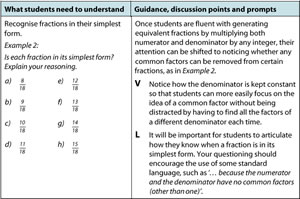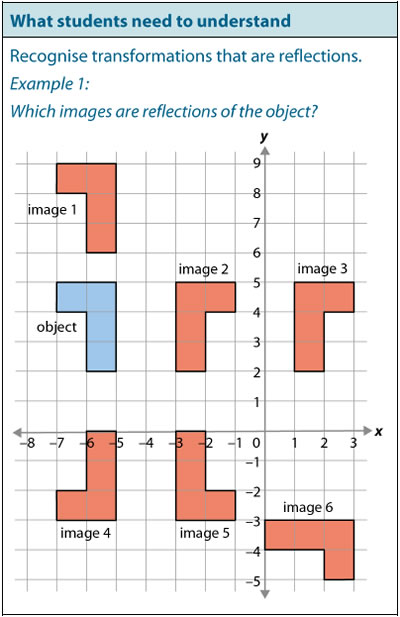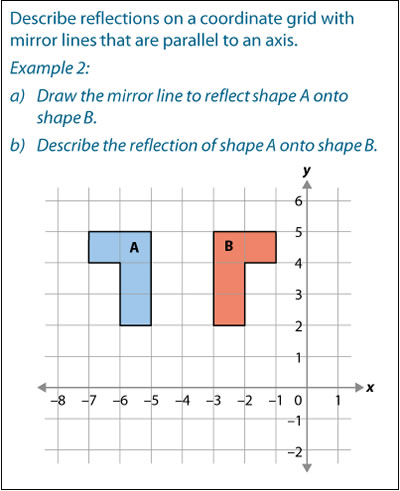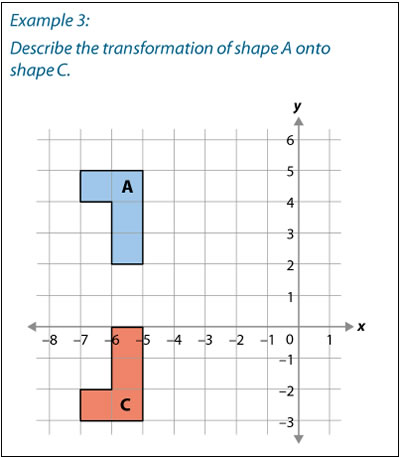Using the NCETM Professional Development Materials for departmental learning
We visit a school using the materials to structure INSET and department time for professional development
11/02/2020
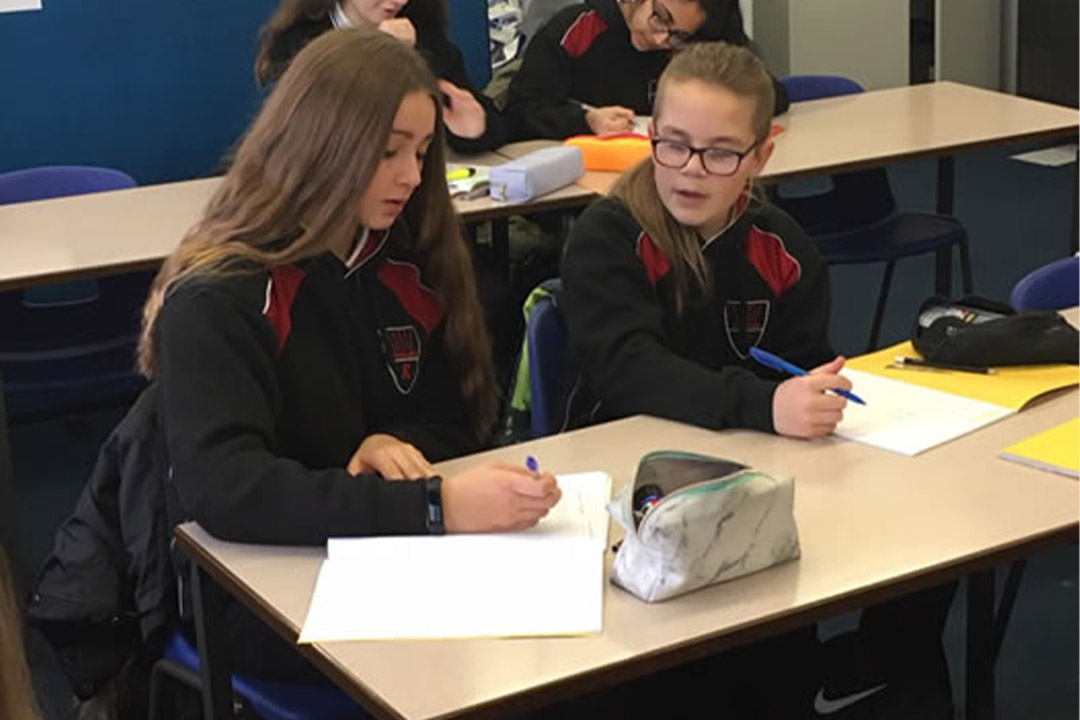
In January 2020, we visited Redborne Upper School and Community College, to find out how they are using the NCETM Secondary Mastery Professional Development Materials to support the maths faculty’s development. Redborne is a large 13-18 school in Ampthill, Bedfordshire, with a large sixth form.
In order to be truly transformational, professional development must be sustained and embedded over time. This is well understood in the Maths Hubs Programme. Matt Jones, Head of Faculty at Redborne, and a Mastery Specialist for the Enigma Maths Hub, says that after ten years of teaching, progressing through second in faculty to head of faculty, his Mastery Specialist training is the first opportunity he’s really had to think about the maths.
However, the Mastery Specialist Programme is only available to around 100 teachers per year. Mastery Specialists are therefore responsible for working with and supporting others with teaching for mastery, both in their own schools, and later, in other schools. Matt is faced with how to transform not only his own practice, but that of his large faculty within the small amount of formally-allocated time that schools get for INSET.
This is something that Secondary Mastery Specialists have been grappling with for three years now, and Matt says that for his cohort (he’s in his second year of training), this has been made much easier by the publication last year of the NCETM Secondary Mastery Professional Development (PD) Materials.
The materials take the KS3 curriculum and break it down into six themes. Each theme is further broken down into connected key concepts. Of the 212 key concepts described, 41 of these are fully exemplified. Exemplification includes student tasks you might use in the classroom along with pedagogical commentary under the following headings:
- D: Suggested opportunities for deepening students’ understanding through encouraging mathematical thinking
- L: Examples of shared use of language that can help students to understand the structure of the mathematics
- R: Suggestions for use of representations that support students in developing conceptual understanding as well as procedural fluency
- V: Examples of the use of variation to draw students’ attention to the important points and help them to see the mathematical structures and relationships
- PD: Suggestions of questions and prompts that you can use to support a professional development session.
Here is an example:
Extract from Secondary Mastery PD Materials. 1.3 p12 - click/tap to enlarge
‘The materials really help with the small steps’, says Matt, ‘because when you start trying to teach for mastery, that’s the bit that’s difficult – knowing just how small to make the small steps.’
Mastery across the faculty
So how has Matt worked with his maths teachers to embed teaching for mastery across the faculty? Basing faculty sessions around what he has learned in his own mastery training, and supported by the materials, he has taken the following key steps:
- He was successful in persuading the headteacher to allow him to lead the majority of the faculty’s INSET time for 2019/20.
So far, he has led a session at the beginning of the year, introducing teaching for mastery. In a full day later on, the faculty explored the Five Big Ideas – principles and practices behind the pedagogy. They also looked at misconceptions and the problem with teaching tricks.
‘It’s not the trick that is the problem, per se’, he says. ‘We all use tricks and shortcuts when we do maths. It’s teaching the tricks without the understanding that is the problem. If you have deep understanding, the trick is just the generalisation of that understanding.’
He feels that this message was a good way to engage his faculty with the need to encourage mathematical thinking in students. The day covered some methods for helping with this – true/false statements, empty box exercises and ‘what’s the same/what’s different?’ type questions. - He has ensured that all members of the faculty included some aspect of teaching for mastery in their performance targets.
- Each week, on a Thursday morning, the department has a 15-minute meeting before school. These sessions have always been about representations, Matt says, often using ideas from the Professional Development Materials.
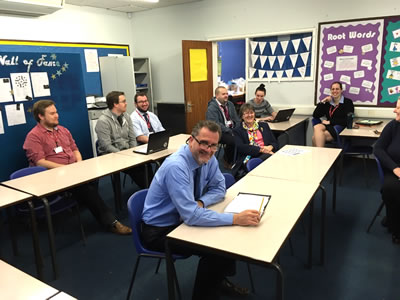
It’s hard to imagine what could possibly be achieved in such a short meeting, but when we visit, Matt puts up just three slides with images from the PD Materials. He shows only the images and questions from the materials, but he guides the session using the professional development prompts. To read the prompts and see the rest of the document these images come from, click/tap the images.
For this image, Matt asks ‘What is this question drawing attention to?’ Staff agree that there is a focus on what is, and what is not, a reflection. He encourages staff to use the words ‘object’ and ‘image’ with students and to encourage students to use precise language in discussion and answers.
Matt describes this as a ‘fairly standard’ reflection question but encourages his staff to listen to how students choose to describe the reflection before ‘telling’ them the precise language. This may enable teachers to identify misconceptions early.
For this question, Matt prompts ‘What’s changed?’ and teachers notice that the question no longer tells the student that it is a reflection, so they must now justify why it is not a different transformation.
Matt uses these three images as examples of small steps, useful representations and a way to deal with misconceptions head-on.
Staff discuss the variation included, what’s the same, what’s different, how the images might get a discussion going, what misconceptions might arise, and how a greater depth of understanding might be achieved.
This discussion might not have been so fruitful had it not been for the fact that Matt’s previous INSET work with teachers has given them all a basic knowledge of the fundamentals of teaching for mastery, so they have a shared understanding and language with which to discuss the prompts.
Matt also tries to pick a prompt from a topic that some of the staff will be covering with their KS3 students that week, so that they can reflect on it and use it in their classroom shortly afterwards.
When we visit, we see Denise, with her Year 9 class, discussing the reflections using some of the prompts discussed in the morning meeting. Engagement is high as students argue about the different images.
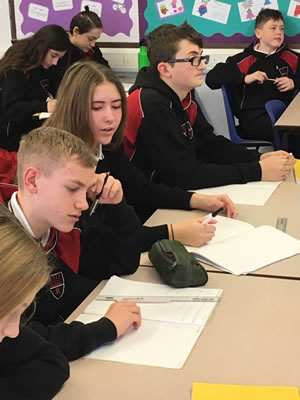
What’s next?
Matt is realistic about the long-term nature of the process of change. Some of his staff have adopted teaching for mastery enthusiastically and are using the PD Materials independently. Others have been less keen to make changes. His plans for the future include:
- Using gained time in the summer for joint planning of a new Year 9 curriculum (the school is an upper school so does not have Year 7 or Year 8) to support a mastery approach.
‘If we were all asked to plan a lesson on Pythagoras’, says Matt, ‘we’d come up with 14 different lessons. Teaching someone else’s lesson is really difficult – that’s why planning has to be genuinely collaborative rather than just dividing it up.’ - Working closely with feeder middle schools in 2020/21 to develop a continuous KS3 curriculum across schools
- Paired observations with a focus on some aspect of teaching for mastery. Paired, non-judgemental peer observation is something that is beginning to be introduced for performance management across the school. Staff pair up, plan a lesson together and then watch each other teach it, reflecting together on what they learn from the process.
In 2020/21, Matt and others in his cohort of Mastery Specialists will be working with schools around the country to support faculties wanting to use teaching for mastery to enable a better understanding of maths. If your department is interested, there's more information on our Mastery Opportunities page, or contact your local Maths Hub to see what’s on offer.
You can also access our full suite of Secondary Mastery PD Materials for use in department planning time or to support your own understanding.
